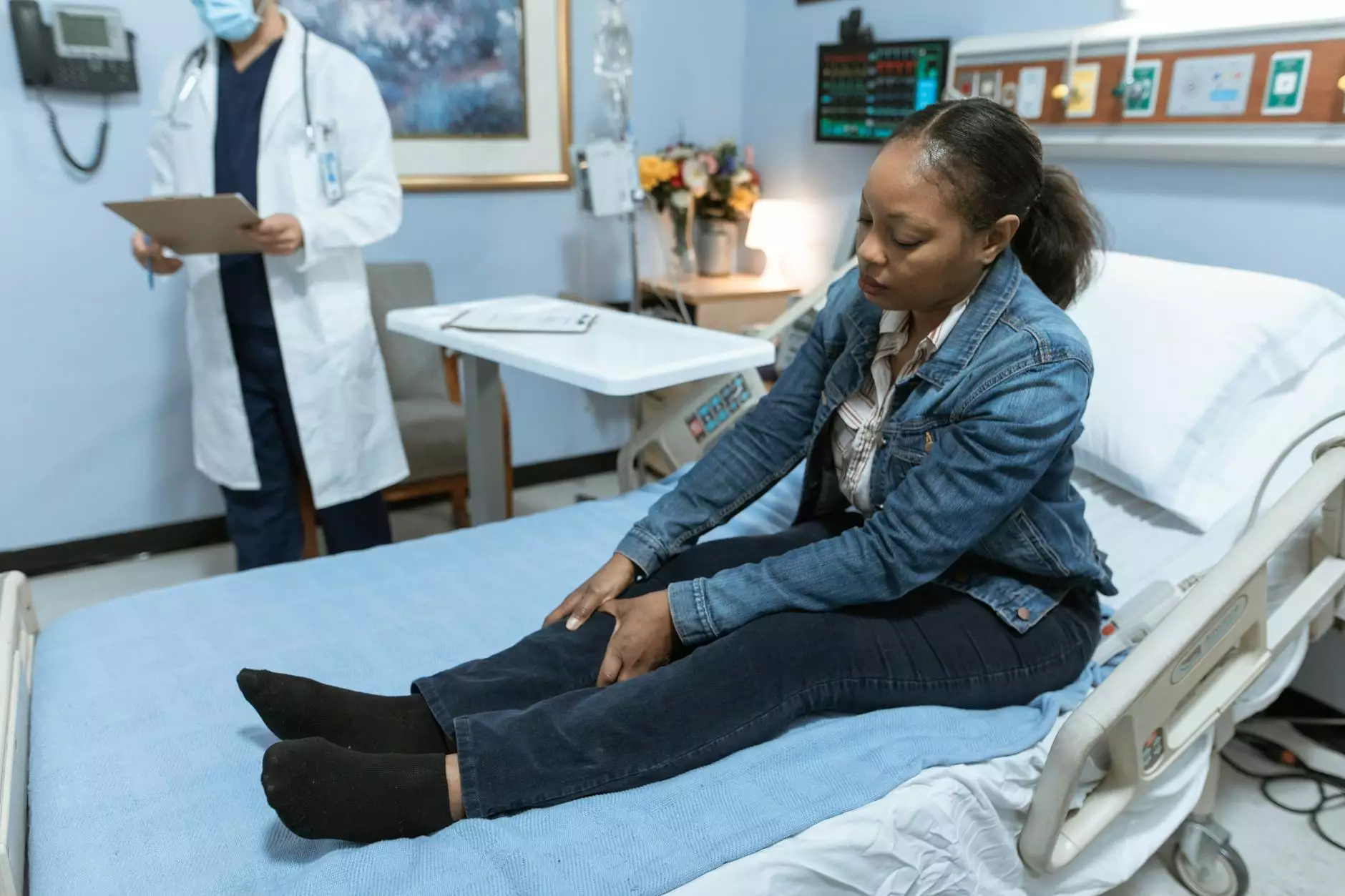Comprehensive Remedies for Ankle Sprains

Ankle sprains are common injuries that can occur during everyday activities or sports. They happen when the ligaments that support the ankle are stretched or torn, leading to pain, swelling, and instability. Understanding the remedies for ankle sprain can significantly enhance recovery and help prevent future injuries. This article explores effective treatments, exercises, and preventive measures to ensure a smooth recovery process.
Understanding Ankle Sprains
Before delving into the remedies, it’s essential to understand the anatomy of an ankle sprain. Ankle sprains are typically classified into three grades:
- Grade I (Mild): Stretching of ligaments with minor tears. Symptoms include slight swelling and tenderness.
- Grade II (Moderate): Partial tearing of ligaments resulting in moderate pain and swelling. Affected individuals may experience some joint instability.
- Grade III (Severe): Complete tearing of ligaments, leading to severe swelling, unable to bear weight, and significant instability.
Initial Remedies for Ankle Sprain
The initial treatment of an ankle sprain focuses on managing pain and swelling. The following methods are widely recommended:
1. R.I.C.E. Method
The R.I.C.E. method is one of the first-line treatments for an ankle sprain:
- Rest: Avoid putting weight on the injured ankle. Utilize crutches if necessary.
- Ice: Apply ice packs for 15-20 minutes every hour to reduce swelling and numb the pain. Ensure you wrap the ice in a cloth to avoid skin damage.
- Compression: Use an elastic bandage or compression wrap to help control swelling. Ensure it’s snug but not too tight to impede circulation.
- Elevation: Keep the ankle elevated above heart level to assist in reducing swelling.
2. Over-the-Counter Pain Relief
Non-steroidal anti-inflammatory drugs (NSAIDs) like ibuprofen or naproxen can help reduce pain and swelling. Always consult a healthcare provider before taking any medication, especially if you have underlying health conditions or are taking other medications.
Physical Remedies and Rehabilitation
After the acute phase has passed, focus on rehabilitation to restore strength and flexibility:
3. Gentle Stretching Exercises
Gentle stretching can aid recovery. Consult a healthcare professional for personalized exercises. Here are some beginner stretches:
- Toe Points: Sit comfortably and point your toes away from your body, then bring them back towards you.
- Ankle Circles: While seated, lift your affected leg slightly and move your ankle in circular motions.
- Calf Stretch: Stand facing a wall and place your hands on it for support. Step back with the injured leg and gently push the heel down to stretch.
4. Strengthening Exercises
Once the pain decreases, introduce strengthening exercises to rebuild muscle:
- Resistance Band Exercises: Use a resistance band to perform ankle dorsiflexion, plantarflexion, inversion, and eversion movements.
- Balance Exercises: Standing on one foot can improve stability. Progress to uneven surfaces as mobility increases.
Alternative Remedies for Faster Healing
In addition to standard treatments, consider some alternative remedies that may support your healing:
5. Heat Therapy
After swelling has subsided, applying heat can improve blood circulation. Use heat pads or a warm compress for about 20 minutes to relax muscles and stiffness.
6. Herbal Remedies
Some herbs may help in reducing inflammation and pain. Here are a few:
- Tumeric: Contains curcumin, known for its anti-inflammatory properties. You can incorporate it into your diet or take it as a supplement.
- Ginger: Known to reduce inflammation and pain. Ginger tea can be a soothing remedy.
- Arnica: Available in gel or cream form, arnica can be applied topically to reduce swelling and pain.
7. Massage Therapy
Gentle massage by a qualified therapist can improve circulation and help relieve stiffness. Always ensure to consult with your doctor before starting any massage on an injured area.
Preventing Future Ankle Sprains
Preventing ankle sprains is crucial for anyone active in sports or those with a history of sprains. Consider the following strategies:
8. Proper Footwear
Wearing shoes that provide adequate support is essential. Invest in footwear designed for your activity—running shoes for running, cleats for soccer, etc.
9. Strength Training
Incorporate strength training into your routine with a focus on ankle and lower body muscles. Stronger muscles support joints and decrease the risk of injury.
10. Balance Training
Exercises aimed at improving balance can prevent falls and potential sprains. Activities like yoga or tai chi can enhance balance and flexibility.
When to Seek Medical Attention
While many ankle sprains can be treated at home, certain symptoms warrant professional evaluation:
- Severe pain not alleviated by rest or over-the-counter medication.
- Inability to bear weight on the foot after 24 hours.
- Sensation of instability in the ankle.
- Visible deformity or abnormal positioning of the ankle.
Conclusion
In summary, understanding the remedies for ankle sprain involves combined approaches of initial care, rehabilitation exercises, and preventive strategies. By following the outlined remedies and being attentive to your body’s signals, recovery can be swift, allowing you to return to your activities with confidence. Always remember that seeking professional advice when necessary ensures proper healing and minimizes the risk of re-injury.
For More Information
If you require personalized advice or treatment options for ankle sprains, feel free to visit The Foot Practice, where our expert podiatrists offer tailored care in foot and ankle health.
remedies of ankle sprain








